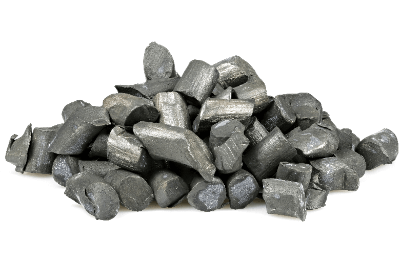What Is Lithium?

Lithium, atomic number 3, is a soft, silvery-white alkali metal. It is the lightest of all metals under standard conditions. Highly reactive and flammable, lithium requires storage in a vacuum, inert atmosphere, or inert liquids like kerosene or mineral oil.
Its use spans several industries, including ceramics, glass, and most notably in lithium-ion batteries, a crucial component in modern technology.
Uses of Lithium
Lithium’s primary applications include:
- Lithium-Ion Batteries: Widely used in devices like mobile phones, airplanes, and electric vehicles. Lithium-ion batteries are valued for their high energy density, low self-discharge rates, and lightweight. However, they can overheat and pose combustion risks.
- Ceramics and Glass: Lithium oxide, as an additive, lowers melting points and viscosity while improving properties like thermal expansion in silica-based materials.
- Lubricating Greases: Lithium hydroxide forms lithium stearate soap, increasing oil viscosity and used in high-temperature lubricating greases.
- Metallurgy: Lithium compounds enhance fluidity in casting molds and reduce veining in cast iron molding sand.
Principles of Lithium Metal
Lithium, formed during the Big Bang, is relatively rare in the universe due to the destruction processes in stars and lack of common lithium-generating processes.
Types of Lithium Metal
Lithium has two natural isotopes: 6Li and 7Li. 7Li is more prevalent, constituting 95.15% of natural lithium. Both isotopes are produced in stellar nucleosynthesis, with 7Li also forming in carbon stars. Additionally, they can be generated by solar wind, cosmic ray impacts, and radioactive decay in the early solar system.